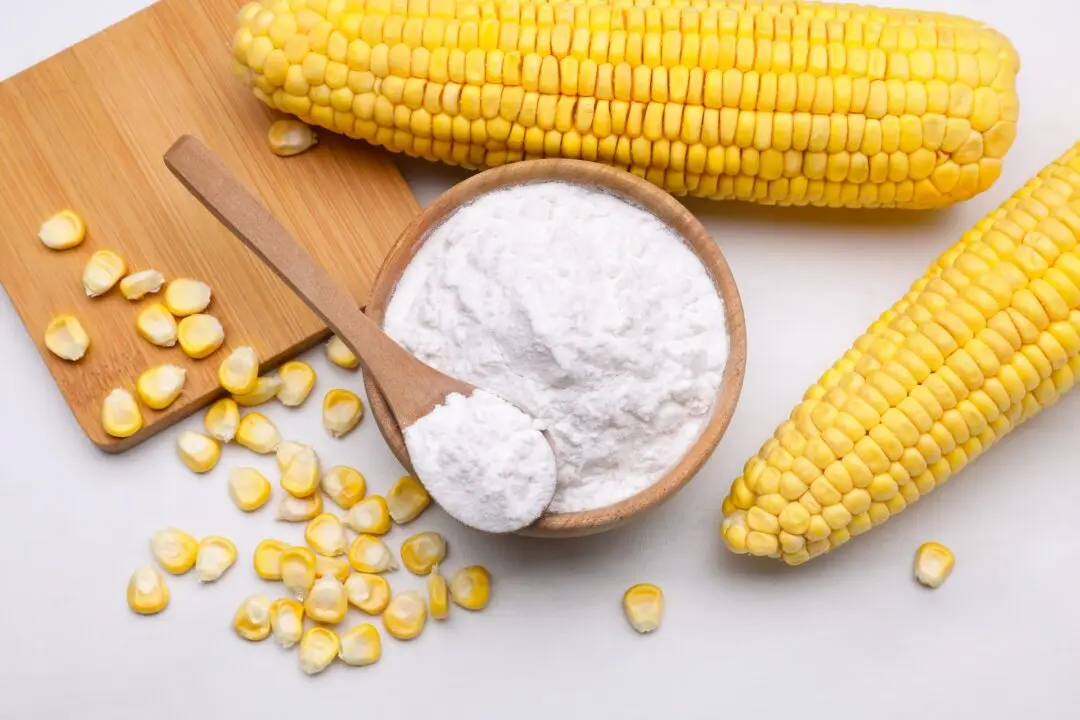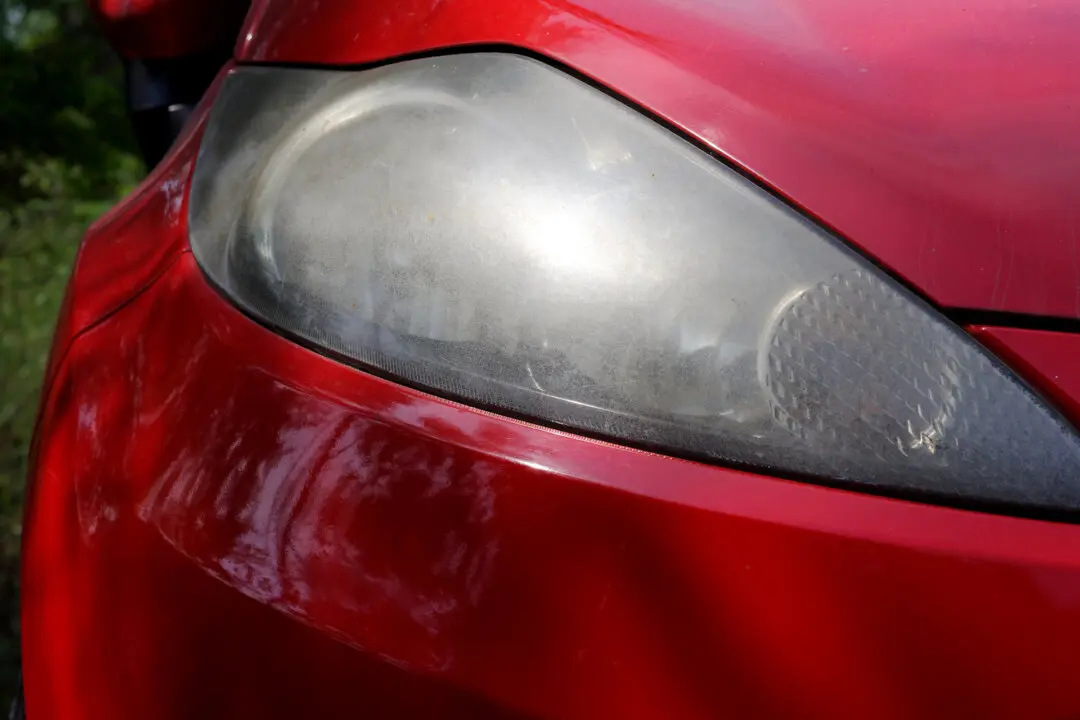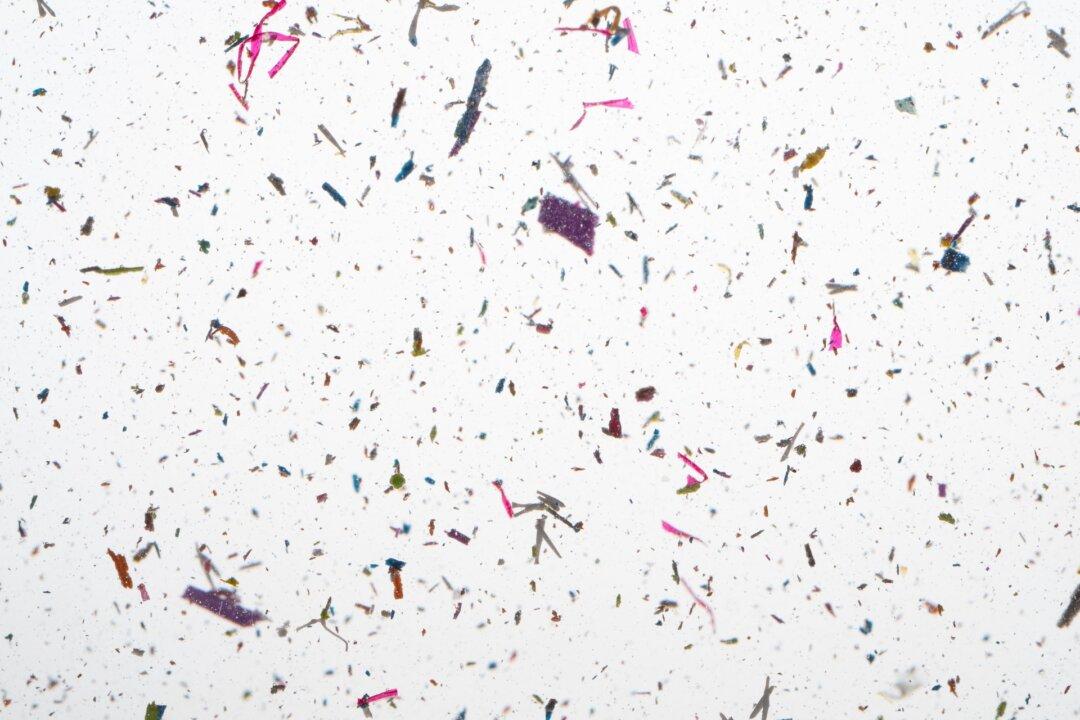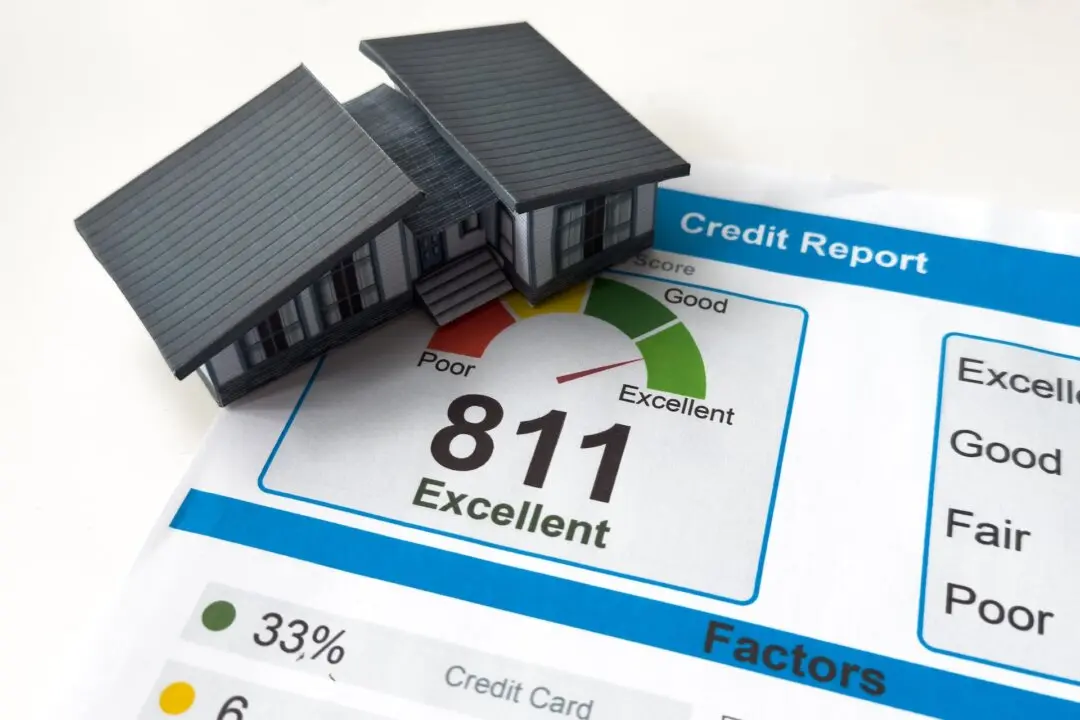Have you run into the viral trend making a big splash on TikTok that involves getting rid of wasps at home using gasoline? Our friends over at ServiceMaster Restore confirm that is extremely unsafe—and probably really stupid!
When asked for further explanation, Pete Duncanson, senior director of training and development, responded:





